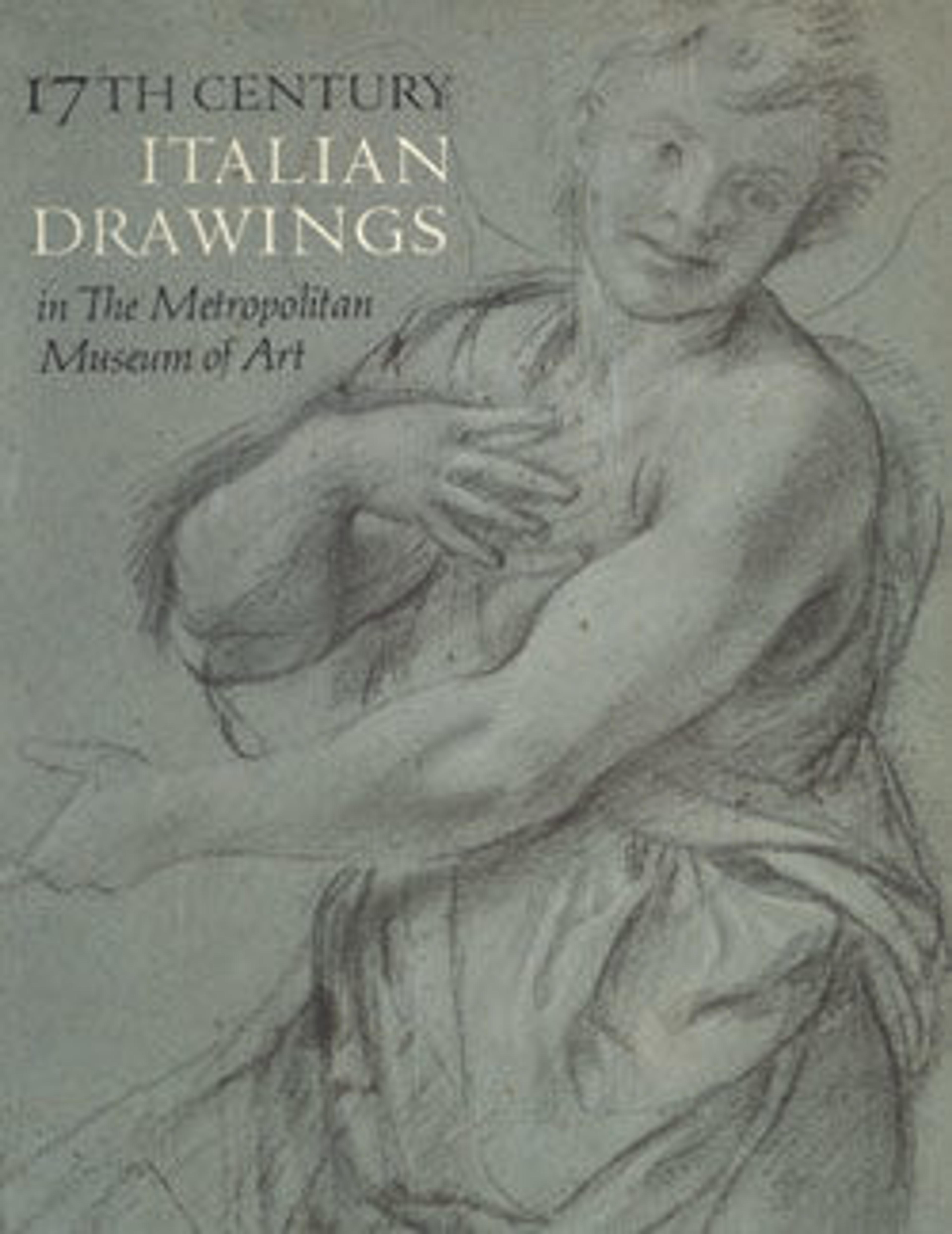Studies of a Reclined Woman on a Seashell, for the Triumph of Galatea (recto and verso)
Acquired in 1968 as a work by Mattia Preti (1613-1699), this double-sided drawing was brilliantly recognized as a work by the Neapolitan Baroque painter and drafstman Paolo De Matteis by Jacob Bean in 1979 and - in the same year - by Erich Schleier (see here 'References' for full updated bibliography). Bean connected the study with the "Triumph of Galatea", a painting signed and dated by De Matteis in 1692, now in the Pinacoteca di Brera, Milan but originally displayed in the convent of Santa Giustina, Padua (oil on canvas, 125 x 127 cm, Reg. Cron. 610: on this painting see Linda Martino in 'Civiltà del Seicento a Napoli,' 1984, no. 29). Bean identified on the art market a second autograph study by De Matteis for the same reclining figure of Galatea, drawn in black chalk and brown wash (Christie's London, November 26, 1973, no. 290). The verso of the sheet, drawn entirely in black chalk, hosts the preliminary study for the reclining figure, which was thoroughly explored by De Matteis on the actual recto with brush and brown wash. After an early training in the workshop of Luca Giordano, De Matteis left Naples for Rome in 1683, where he was profoundly influenced by the style and draftmanship of Carlo Maratti. At lower right, the drawing bears an unidetified collector's mark in pen and ink featuring interlaced initials "DL". (F.R., 2014)
Artwork Details
- Title: Studies of a Reclined Woman on a Seashell, for the Triumph of Galatea (recto and verso)
- Artist: Paolo De Matteis (Italian, Piano del Cilento 1662–1728 Naples)
- Date: ca. 1692
- Medium: Brush and brown wash, over black chalk (recto); black chalk (verso)
- Dimensions: 10-1/2 x 7-13/16 in. (26.7 x 19.8 cm)
- Classification: Drawings
- Credit Line: Rogers Fund, 1968
- Object Number: 68.172.1
- Curatorial Department: Drawings and Prints
More Artwork
Research Resources
The Met provides unparalleled resources for research and welcomes an international community of students and scholars. The Met's Open Access API is where creators and researchers can connect to the The Met collection. Open Access data and public domain images are available for unrestricted commercial and noncommercial use without permission or fee.
To request images under copyright and other restrictions, please use this Image Request form.
Feedback
We continue to research and examine historical and cultural context for objects in The Met collection. If you have comments or questions about this object record, please complete and submit this form. The Museum looks forward to receiving your comments.
